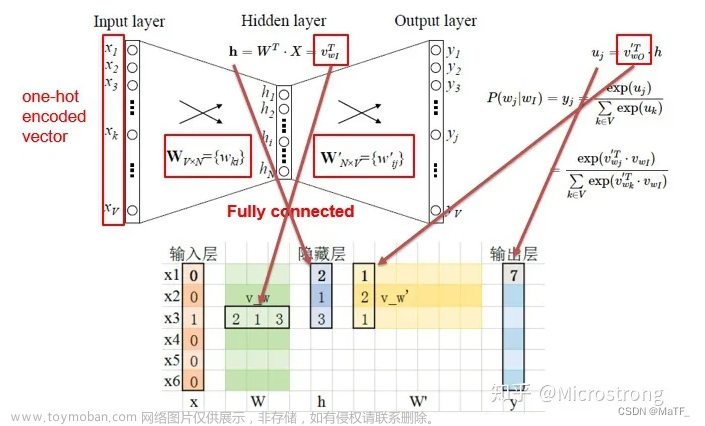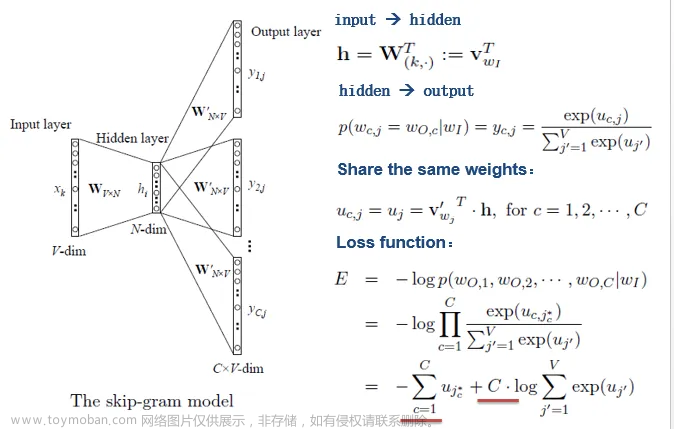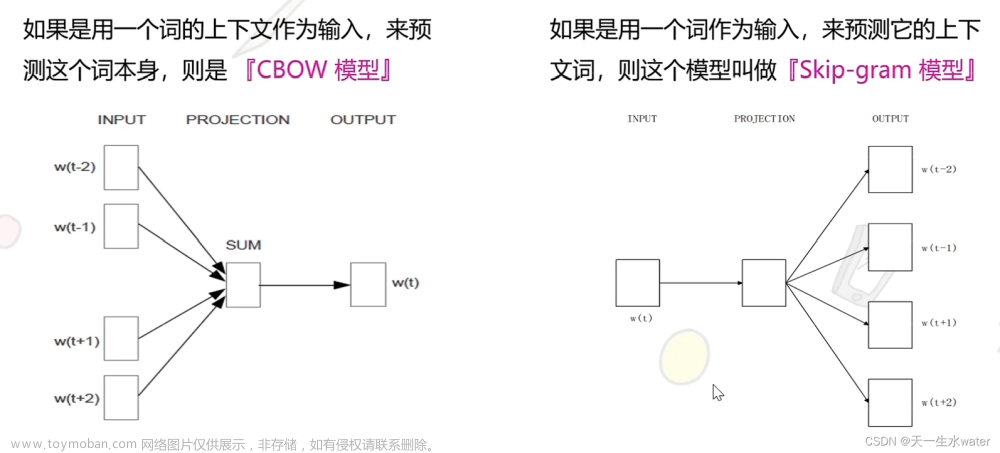1 stackingGRUCell
class StackingGRUCell(nn.Module):
"""
Multi-layer CRU Cell
"""
def __init__(self, input_size, hidden_size, num_layers, dropout):
super(StackingGRUCell, self).__init__()
self.num_layers = num_layers
self.grus = nn.ModuleList()
self.dropout = nn.Dropout(dropout)
self.grus.append(nn.GRUCell(input_size, hidden_size))
for i in range(1, num_layers):
self.grus.append(nn.GRUCell(hidden_size, hidden_size))
def forward(self, input, h0):
"""
Input:
input (batch, input_size): input tensor
h0 (num_layers, batch, hidden_size): initial hidden state
---
Output:
output (batch, hidden_size): the final layer output tensor
hn (num_layers, batch, hidden_size): the hidden state of each layer
"""
hn = []
output = input
for i, gru in enumerate(self.grus):
hn_i = gru(output, h0[i])
#在每一次循环中,输入output会经过一个GRU单元并更新隐藏状态
hn.append(hn_i)
if i != self.num_layers - 1:
output = self.dropout(hn_i)
else:
output = hn_i
#如果不是最后一层,输出会经过一个dropout层。
hn = torch.stack(hn)
#将hn列表转变为一个张量
return output, hn- 在
nn.GRU中,hn表示每层的最后一个时间步的隐藏状态。这意味着,对于一个具有seq_len的输入序列,hn会包含每层的seq_len时间步中的最后一个时间步的隐藏状态。 - 在
StackingGRUCell中,hn是通过每层的GRUCell为给定的单一时间步计算得到的。 - 所以,如果
seq_len为1,那么nn.GRU的hn和StackingGRUCell的hn应该是相同的?output更应是如此
2 作为对比的普通GRU
啥也没有的一个普通GRU:
class StackingGRU_tst(nn.Module):
def __init__(self, input_size, hidden_size, num_layers, dropout):
super(StackingGRU_tst, self).__init__()
self.gru = nn.GRU(input_size, hidden_size, num_layers=num_layers, dropout=dropout, batch_first=True)
def forward(self, input, h0):
output, hn = self.gru(input, h0)
return output, hninput_size = 5
hidden_size = 10
num_layers = 3
dropout = 0.1
batch_size = 73 二者对比前的一些工作
3.1 创建模型
gru_cell_model = StackingGRUCell(input_size, hidden_size, num_layers, dropout)
gru_cell_model
'''
StackingGRUCell(
(grus): ModuleList(
(0): GRUCell(5, 10)
(1): GRUCell(10, 10)
(2): GRUCell(10, 10)
)
(dropout): Dropout(p=0.1, inplace=False)
)
'''
gru_model = nn.GRU(input_size, hidden_size, num_layers, dropout=dropout)
gru_model
'''
GRU(5, 10, num_layers=3, dropout=0.1)
'''3.2 参数复制:
with torch.no_grad():
for i in range(num_layers):
# 对于每一层,复制权重和偏置
getattr(gru_model, 'weight_ih_l' + str(i)).copy_(gru_cell_model.grus[i].weight_ih)
getattr(gru_model, 'weight_hh_l' + str(i)).copy_(gru_cell_model.grus[i].weight_hh)
getattr(gru_model, 'bias_ih_l' + str(i)).copy_(gru_cell_model.grus[i].bias_ih)
getattr(gru_model, 'bias_hh_l' + str(i)).copy_(gru_cell_model.grus[i].bias_hh)
3.3 设置输入和相同的初始hidden state
input_data = torch.randn(batch_size, input_size)
h0_cell = torch.randn(num_layers, batch_size, hidden_size)
h0_gru = h0_cell.clone() # 确保从相同的初始状态开始3.4 分别生成输出结果
由于有dropping的存在,所以每次前向传播之前,都需要设置相同的随机种子文章来源:https://www.toymoban.com/news/detail-738902.html
torch.manual_seed(1215)
output_cell, hn_cell = gru_cell_model(input_data, h0_cell)
torch.manual_seed(1215)
output_gru, hn_gru = gru_model(input_data.unsqueeze(0), h0_gru)4 比较结果
torch.allclose(output_cell, output_gru.squeeze(0)),torch.allclose(hn_cell, hn_gru)
#(True, True)结果是一样的的,所以似乎论文代码里的stackingGRUCell可以被GRU平替?文章来源地址https://www.toymoban.com/news/detail-738902.html
到了这里,关于论文辅助笔记:T2VEC一个疑虑:stackingGRUCell和GRU的区别在哪里?的文章就介绍完了。如果您还想了解更多内容,请在右上角搜索TOY模板网以前的文章或继续浏览下面的相关文章,希望大家以后多多支持TOY模板网!












